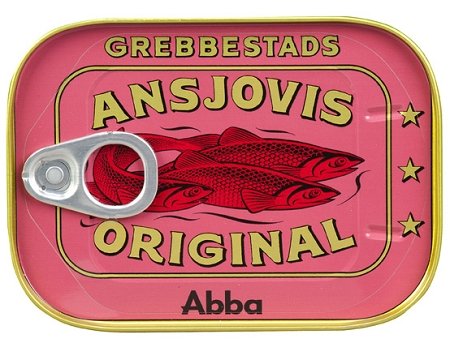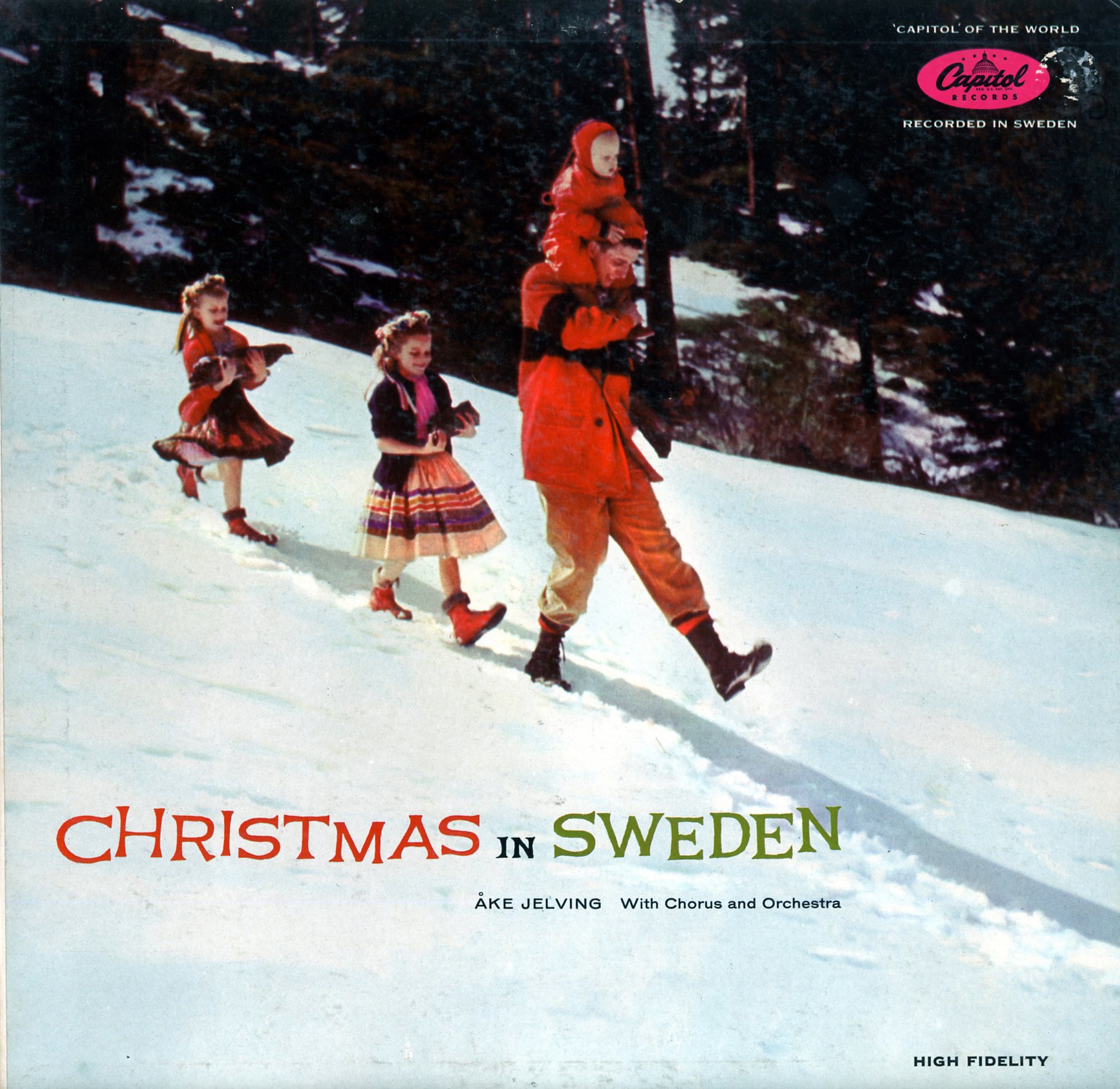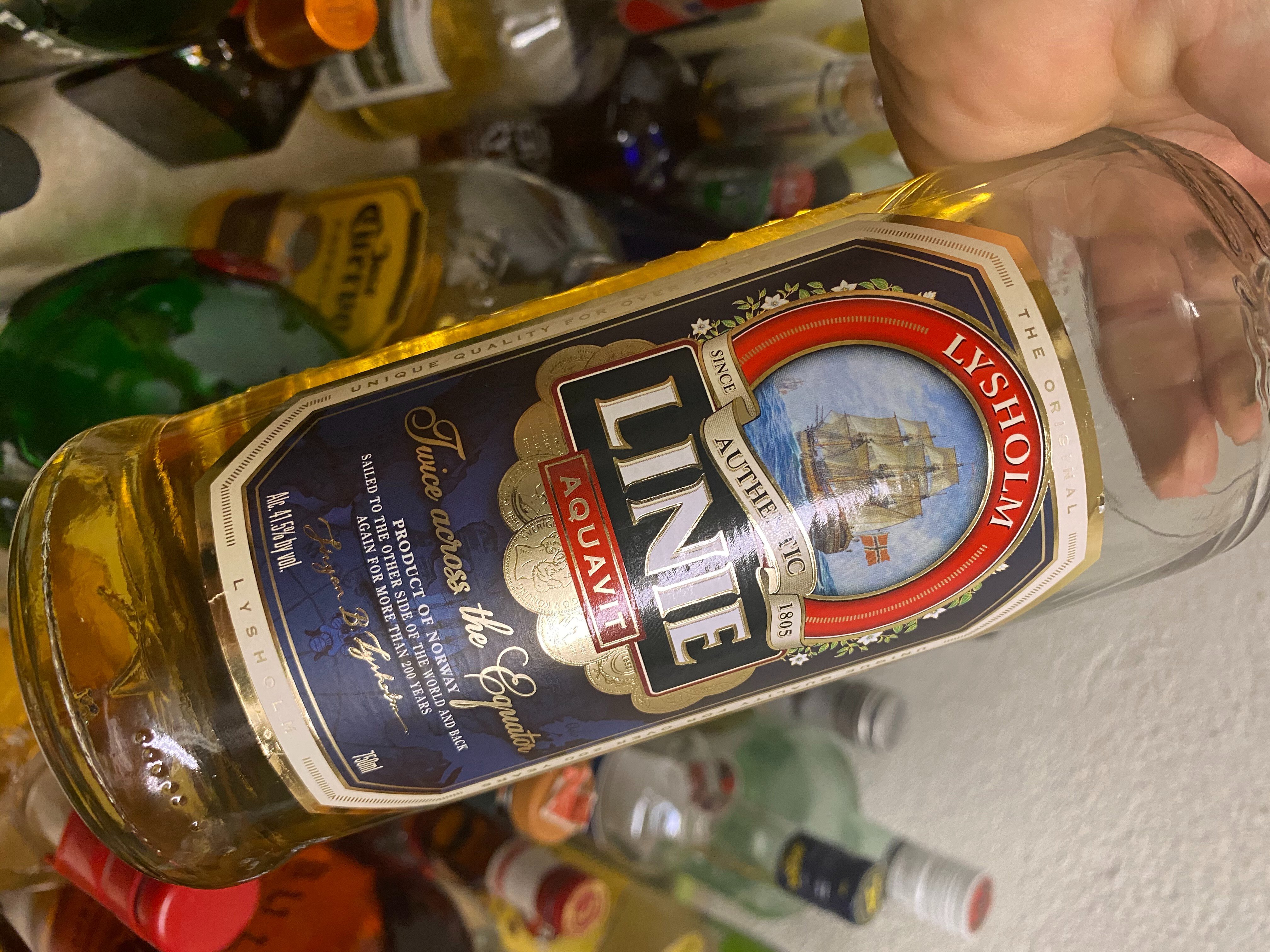Born and raised Swede (in the US) chiming in here, although many good suggestions have been shared already:
Beer/Aquavit combo is really the best way to go. Especially if you do the meal the traditional way, stretching it out for pretty much all day, with little breaks for digestion (walks/games/sledding or iceskating/socializing) in between. For the early parts of the meal (herring, smoked eel, beet root “salad” etc) which rely on some combination of sweet/salt/acetic acid) beer - usually a dark, higher alcohol type , like a stout or porter, although I prefer alternating with a fresher German/Czech-style hoppy lager/pilsner just to keep it fresh. Shots of Aquavit was used to break up all that fat and aid digestion.
Assuming you’re in the US, the best aquavits with any kind of distribution are O.P. Andersen or Linie. Both are fine. The latter is Norwegian, but is really one of the best in the whole category. The American “aquavits” aren’t very subtle, try to find the real deal.
Wine is notoriously hard to match with things like vinegar, and even worse with acetic acid (distilled vinegar) with is key to many of these recipes, along with salt and sugar.
I second the suggestions for sherry, which is the only wine to be able to “match” with acetic acid. I prefer lighter, moderately oxidized, still refreshing ones like a Manzanilla Pasadas or Fino Amontillados. For regular wine, Riesling is OK, ideally something with a little sugar, a lot of acidity and a little age. Go for something like a Lauer or Weiser-Kunstler Kabinett, or if you can find it, a traditional, not too sweet Spätlese with age (JJ Prüm, Christoffel, Merkelbach or a number of others).
If you want to drink red, especially towards the later parts of the meal, this really is where something soft and juicy but refreshing works. Sierra de Gredos Garnacha, fresh Zin (a la Bedrock), good US Pinot etc works well. Many non-wine nerds Swedes opt for something just big and “sweet” - Ripasso/Amarone is the local fav.
I hate to make it sound like it’s a really sweet meal. By American standards, it’s not. But traditionally this is really a feast of fat, sugar and alcohol to brave you for days of eating porridge and whatever tubers survive the winter.
Also: lutfisk isn’t exactly disgusting (like surströmming), but there’s no real reason to eat it either. Portuguese/Italian style bacalao is a better substitute.
I too would agree that aquavit ins’t commonly used in Glögg. Maybe in the past. Unflavored vodka, yes. Rum was/is also common, as well as Port, Madeira and Marsala. Today, many recipes use a vodka/glögg combo to fortify a base of strong red/ruby port.


